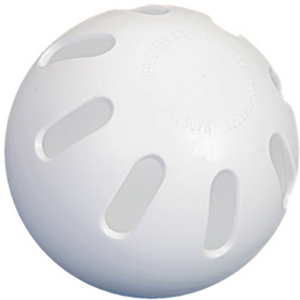Human body language is a fascinating subject that, like it or not, we all know a little bit about. We can tell how relaxed or happy a person is from their smile, how secure they are in the way they hold themselves, and even whether a woman’s interested in us by the way she’s acting (uh, for some of us, that is).
But most people miss some of the smaller signals that can tell you a lot about a situation. One great example is the way hands reflect what we’re feeling.
How we hold our hands is hardwired from millions of years of evolution, and on a more recent level, our childhoods. We might subconsciously touch our faces after telling a lie or nervously rub our necks when being pressured for information–and most people, while noticing the more outward signs, don’t appreciate the extent of knowledge this sublime form of body language can bring.
One simple way to start reading someone’s body language is to watch how they hold their hands during a conversation. If someone’s palms face up while they speak, they’re subconsciously or consciously trying to show honesty or empathy. On an evolutionary scale, they’re showing that they don’t have weapons and that they aren’t making fists–it’s a sign of submission.
If, however, the palms face down, it’s more of an aggressive sign, cautioning the other person to back off of a particular line of questioning or otherwise bringing attention to the speaker’s relative authority. A point can mean the same thing, but it’s even more aggressive since the point appears almost weapon-like. Having a finger pointed at you feels offensive to most people, which is why your mother taught you to avoid using this form of body language in public.
Try watching the hands of your friends the next time you’re in conversation, and use your own hands to convey what you’re trying to get through. You might find that merely by putting your hands palm-up, you’ll have a much better chance of getting your friends and coworkers to help you by doing what you ask and cooperating more.
Be sure to take into account the entire context of the situation any time you try to read someone’s mood by how they hold their hands. Someone might appear nervous if they keep on scratching a specific spot, or they might just have a rash. A limp handshake could mean a person’s tired, insecure, or trying to protect their hands from stress. It’s important to look at as much information you can glean as possible before making any judgments, and to remember that you might be wrong.
Practice, and realize what different hand movements and positions mean on an emotive scale. The power to read people is out there–and it’s all in your hands now.




